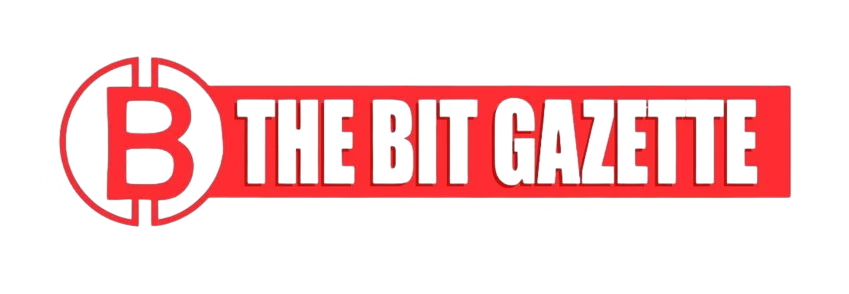U.S. spot bitcoin ETFs recorded $75.4 million in net inflows on November 19, snapping a five-day streak that saw more than $2.1 billion exit the products during one of the sharpest selloffs since their January launch.
BlackRock’s IBIT fund captured roughly 80% of Tuesday’s inflows with $60.6 million, while Fidelity’s FBTC shed $21.4 million as investors remained selective amid continued volatility.
BlackRock Leads the Bitcoin ETF Inflow Turnaround
BlackRock’s iShares Bitcoin Trust (IBIT) once again acted as the anchor for the Bitcoin ETF inflow recovery, attracting $60.6 million — roughly 80% of all positive flows that day.
“BlackRock has cemented itself as the primary institutional access point for Bitcoin exposure,” said Eric Balchunas, Senior ETF Analyst at Bloomberg, in a note on Monday. “Even in volatile weeks, IBIT continues to absorb risk-off pressure better than most peers.”
Not all issuers benefited from the Bitcoin ETF inflow bounce. Fidelity’s FBTC posted a $21.4 million outflow, while mid-tier ETFs like ARKB, BTCO, and BRRR saw no net change. The HODL ETF recorded a smaller $17.6 million outflow, signaling that investors remain highly selective even as buying interest cautiously re-emerges.
Outflows Hit Records As Bitcoin ETF Inflow Momentum Crashed Last Week
The renewed Bitcoin ETF inflow offers some relief after a brutal liquidation cycle that wiped out early November’s gains and pushed monthly redemptions toward $3 billion by mid-month.
Bitcoin’s price collapse — a staggering 27% drop from its October peak near $126,000 to below $90,000 — triggered cascading stop-loss orders and led to heavy profit-taking across institutional desks.
“This month’s volatility has been nothing short of vicious,” said James Butterfill, Head of Research at CoinShares. “Risk appetite evaporated quickly, and ETF outflows accelerated at a pace we haven’t seen in months.”
CoinGlass data confirmed the scale of the damage: $596 million in total liquidations over 24 hours, including $200 million from Ethereum and $148 million from Bitcoin alone. Roughly 163,300 traders were wiped out in one of the harshest liquidation days of November.
As the selloff deepened, long traders initially absorbed most of the pain. But shorts began suffering losses as Bitcoin found temporary support at $89,000 — creating one of the most uneven liquidation profiles of the quarter.
Macro Pressure Intensifies, But Bitcoin ETF Inflow Shows Signs of Resilience
Macro conditions added fuel to the fire. The Federal Reserve’s continued silence on upcoming rate cuts, paired with renewed tariff threats and weakening global risk appetite, created the perfect storm for ETF redemptions.
President Trump’s latest comments on shifting American manufacturing policy only heightened volatility across commodities and digital assets, forcing traders to rapidly adjust cross-asset exposure.
Despite these headwinds, the latest Bitcoin ETF inflow provides an early signal that some institutional buyers may be stepping back into the market at discounted levels. Analysts warn, however, that the recovery remains fragile.
“Anything below $90,000 puts immediate pressure back on ETF flows,” said Mike Novogratz, CEO of Galaxy Digital, during a Monday interview. “If Bitcoin loses that threshold again, you could easily see another round of panic-driven outflows.”
For now, the Bitcoin ETF inflow rebound underscores a crucial market dynamic: BlackRock continues to dictate overall flow direction, while smaller issuers struggle to retain investor confidence during high-volatility periods.
Market watchers expect choppy inflows and outflows to persist until Bitcoin decisively reclaims the $100,000 level — a psychological anchor for both retail and institutional participants.
But for the first time in nearly a week, the charts are flashing a rare green signal: Bitcoin ETF inflow is back.











